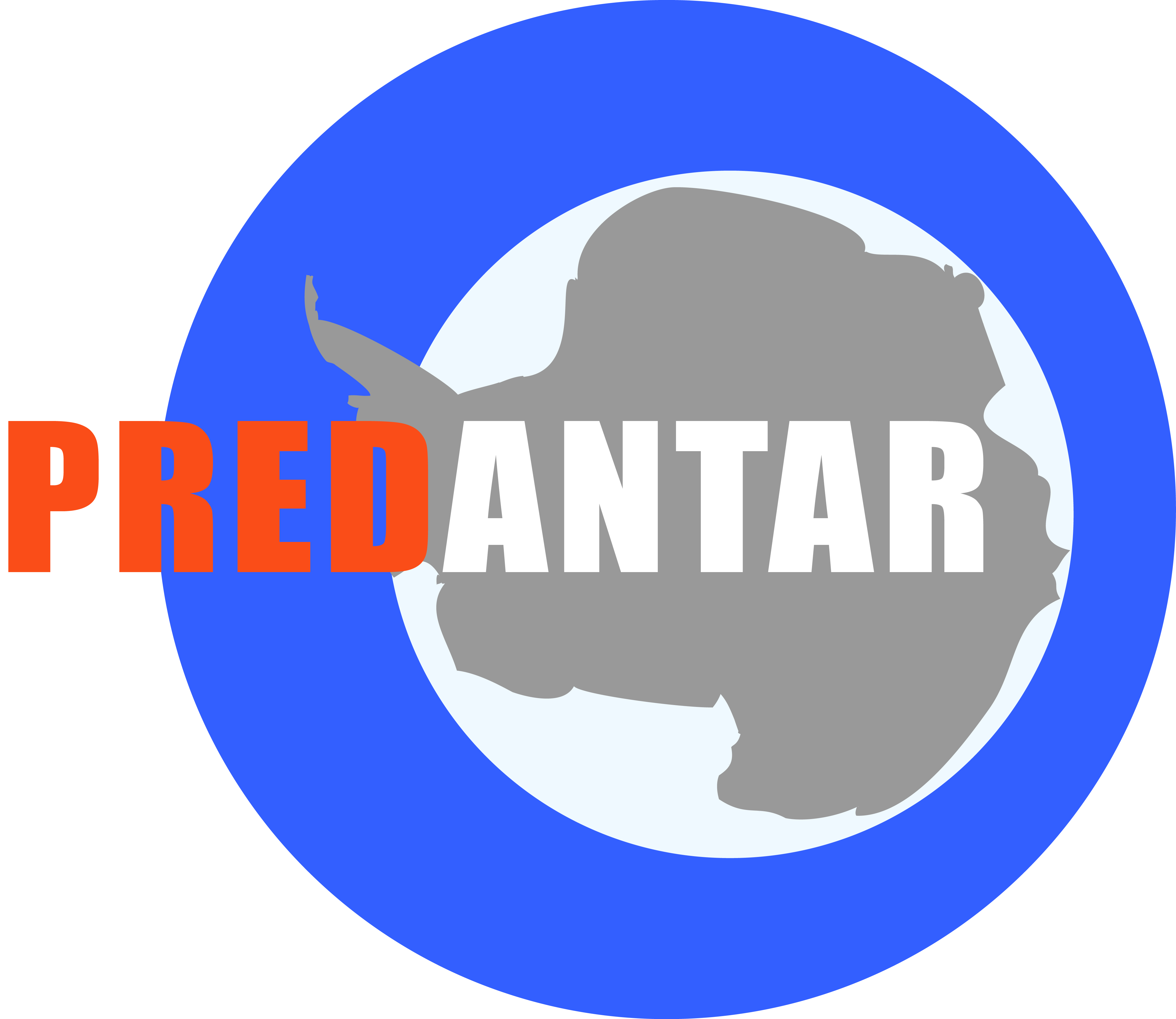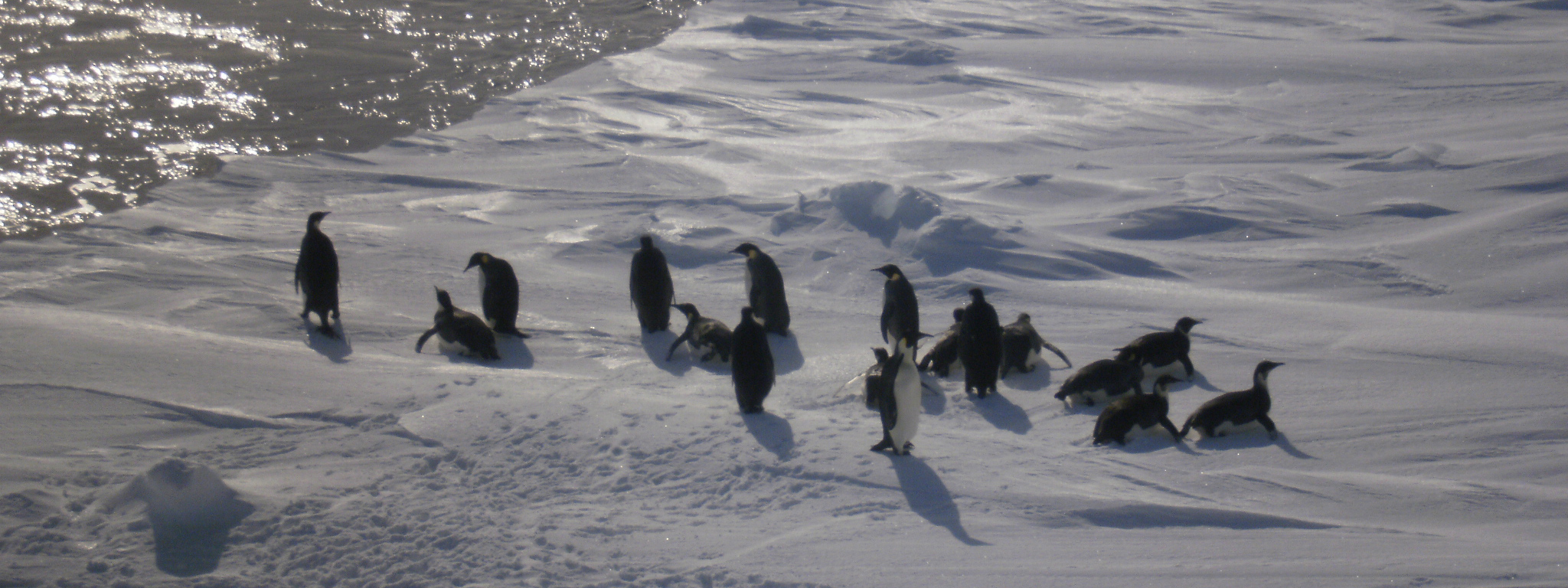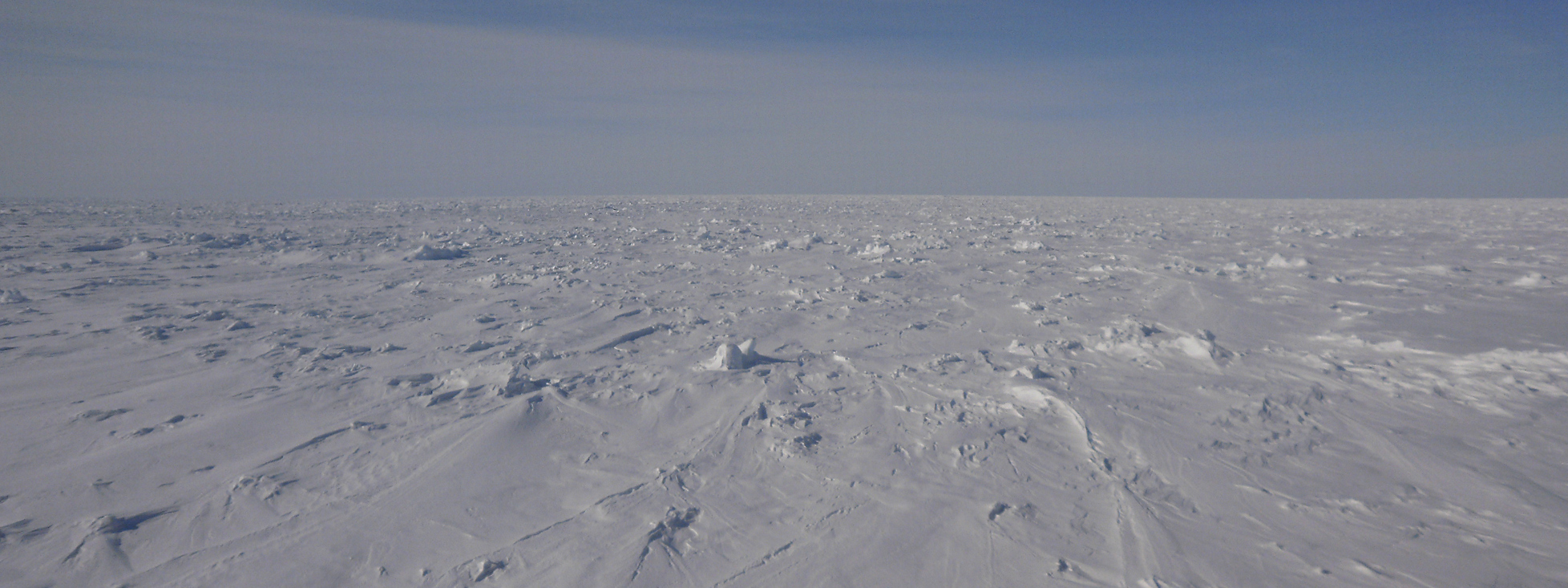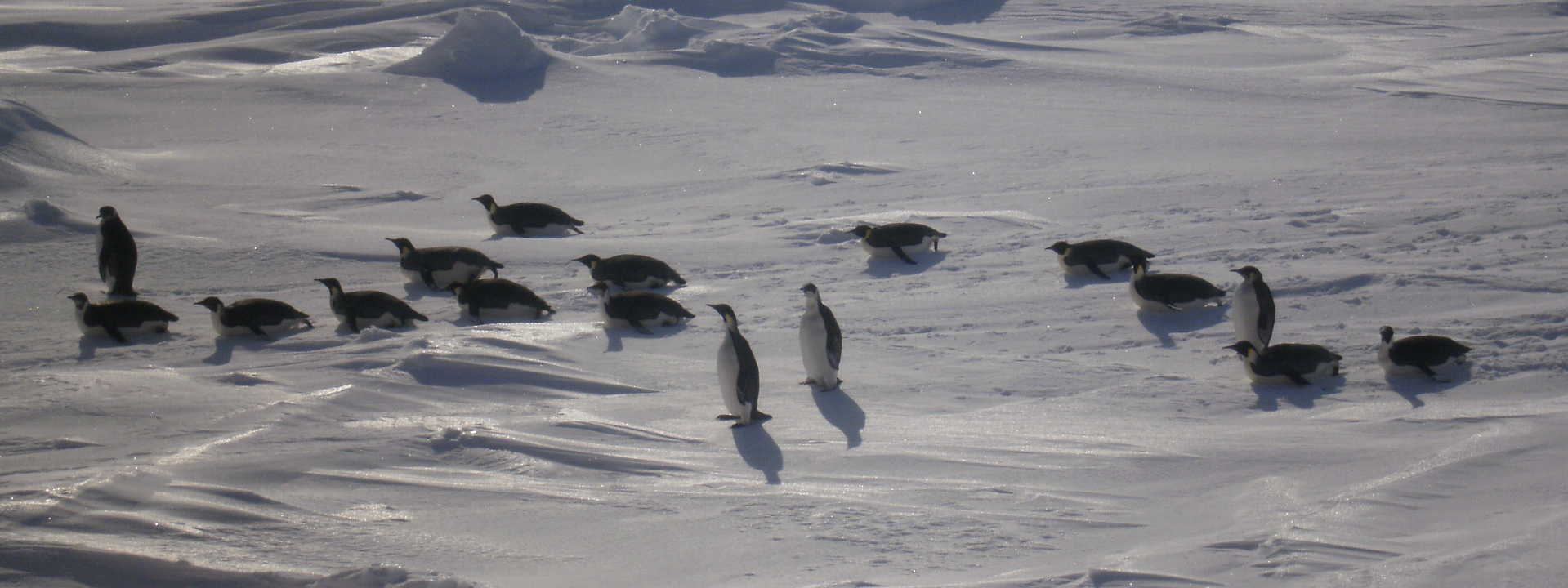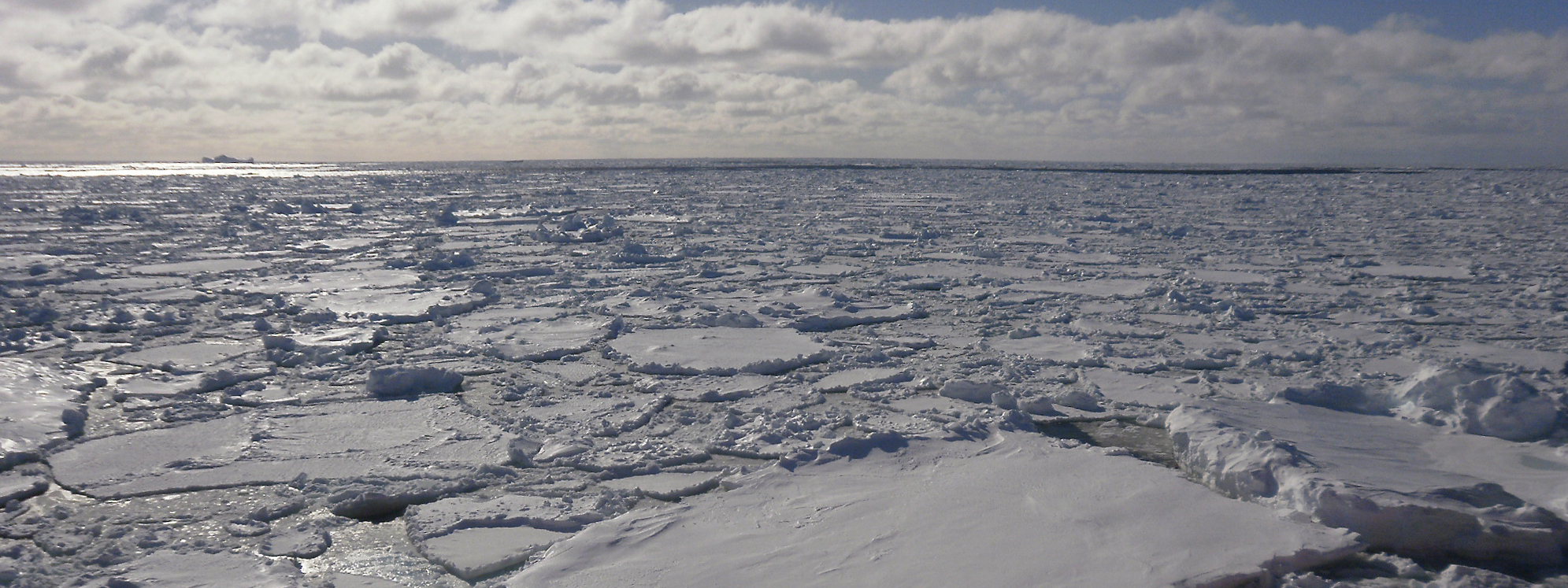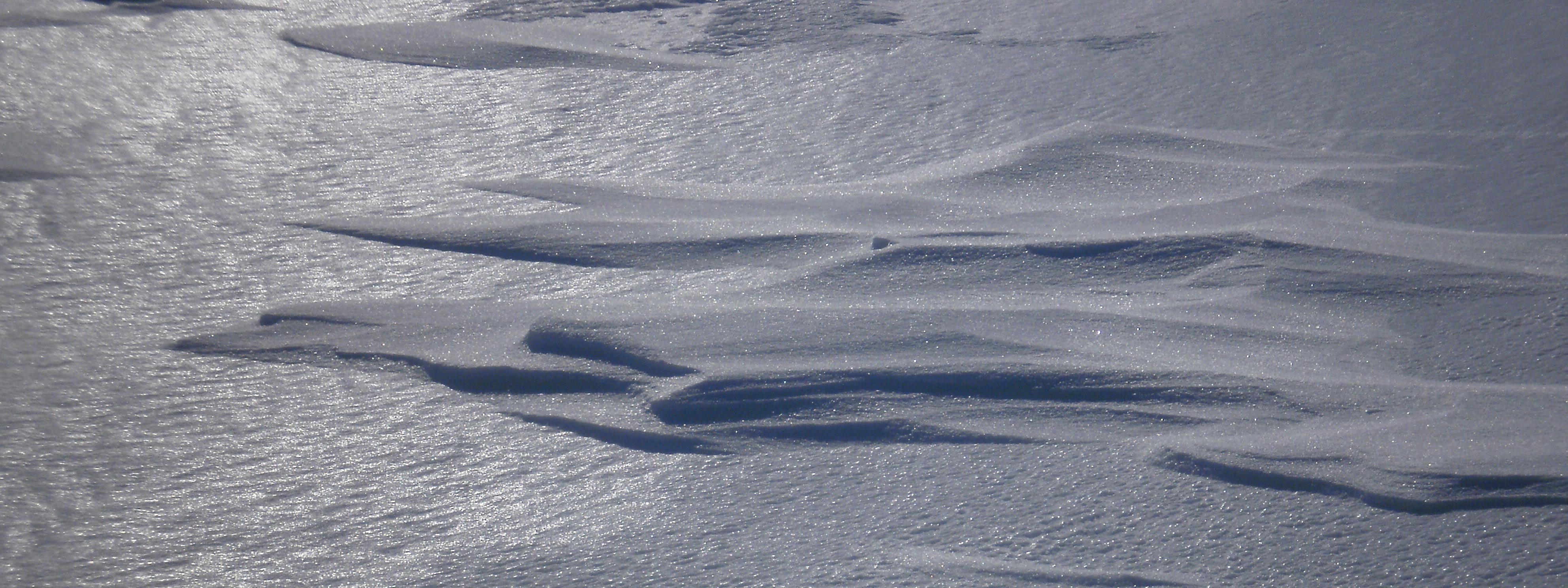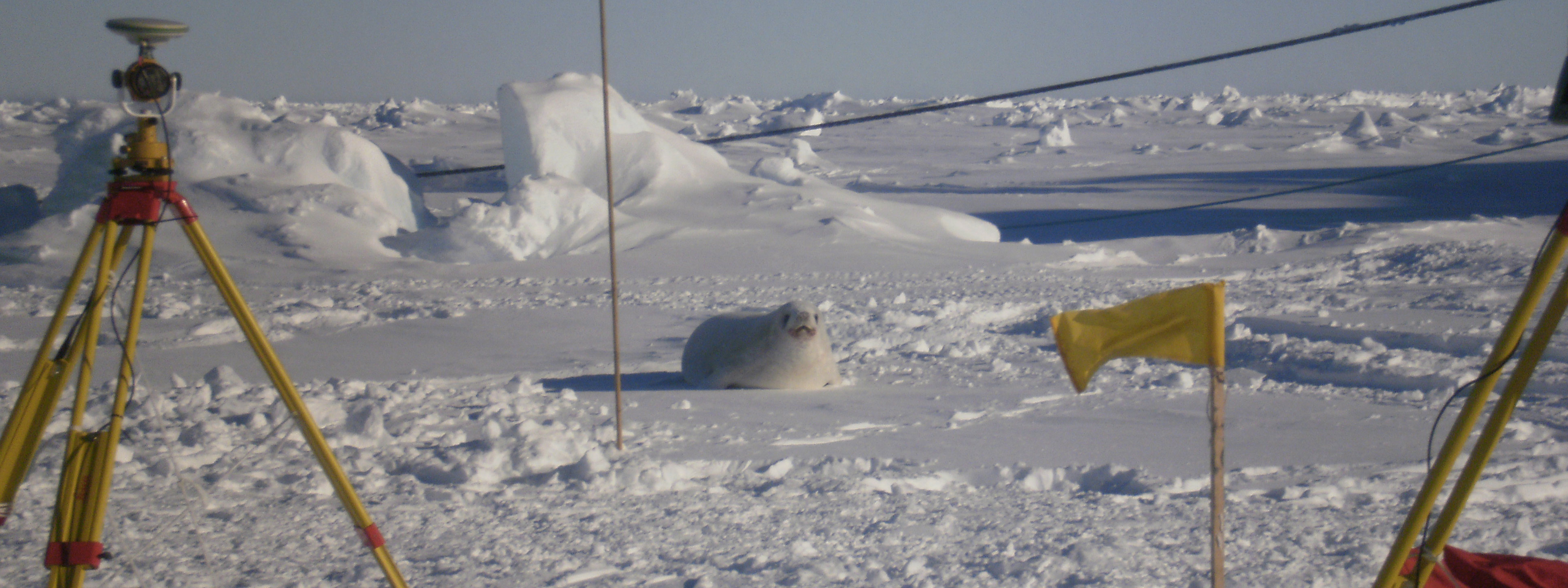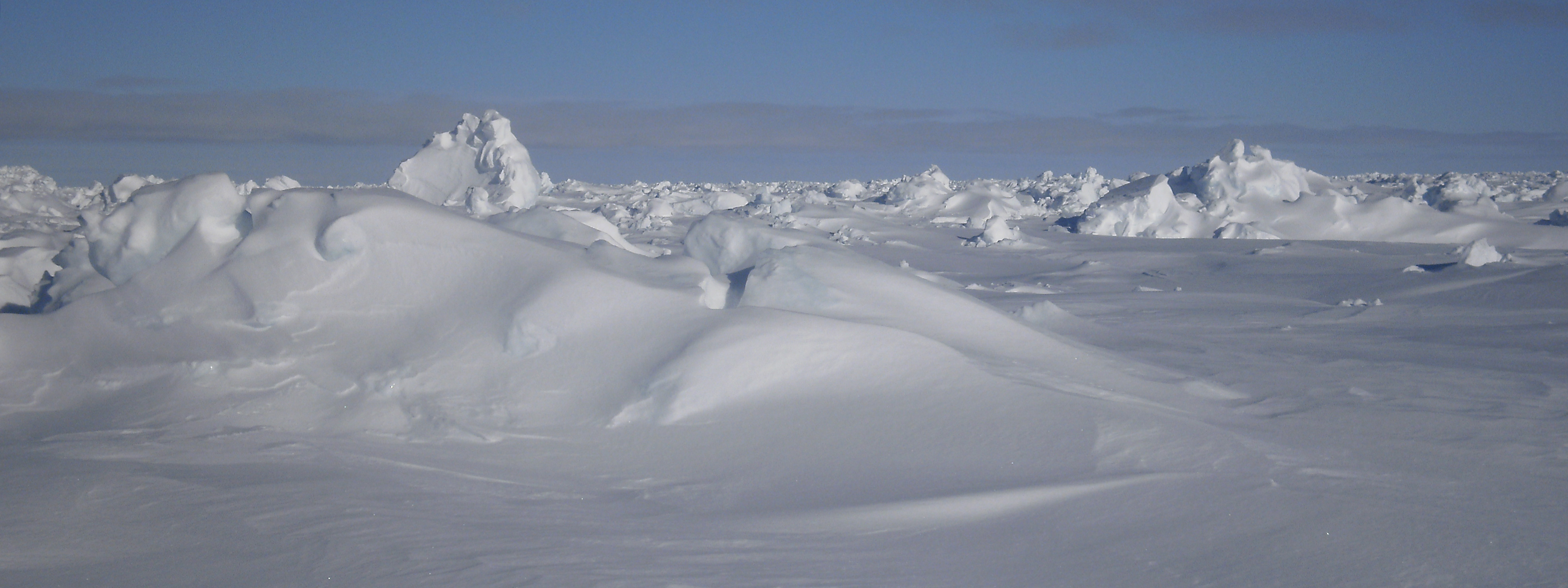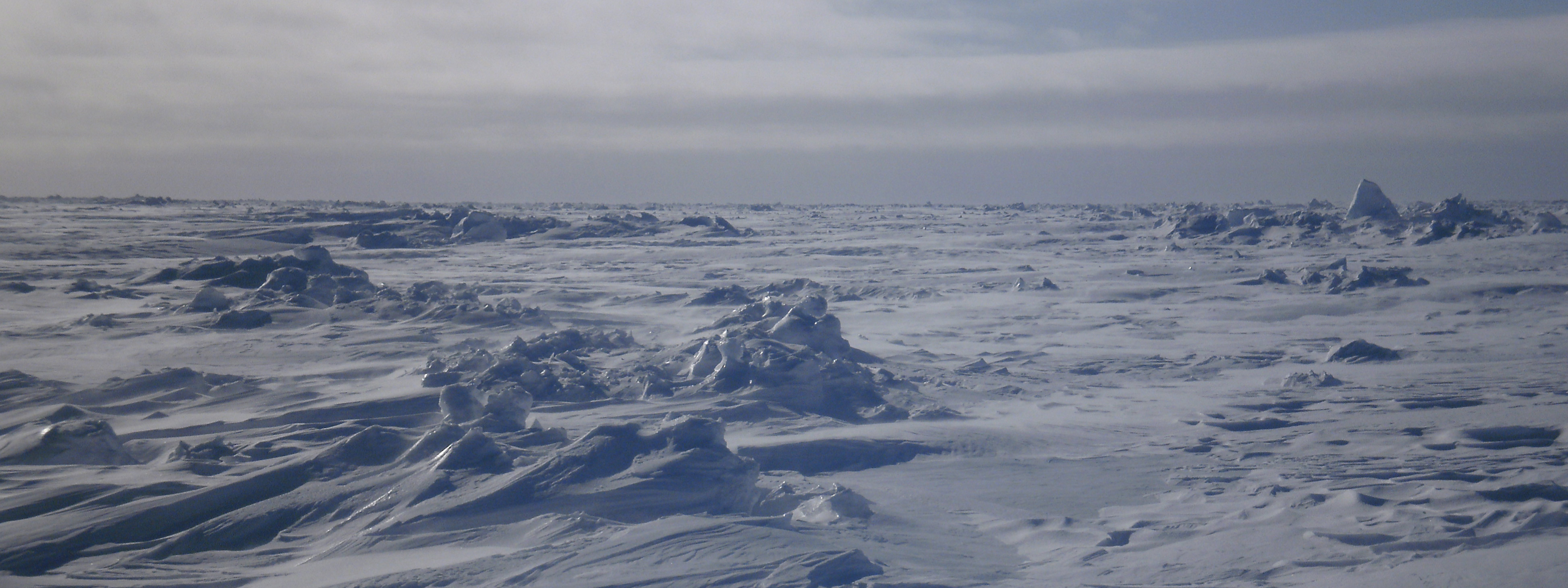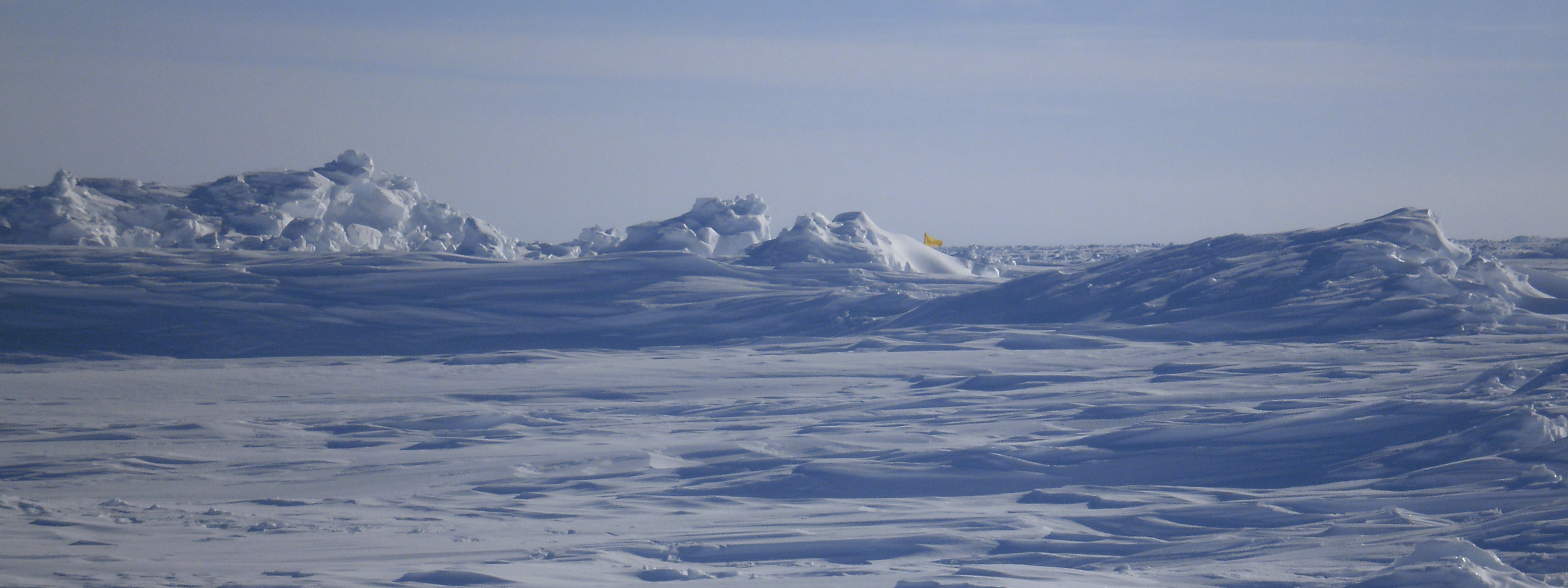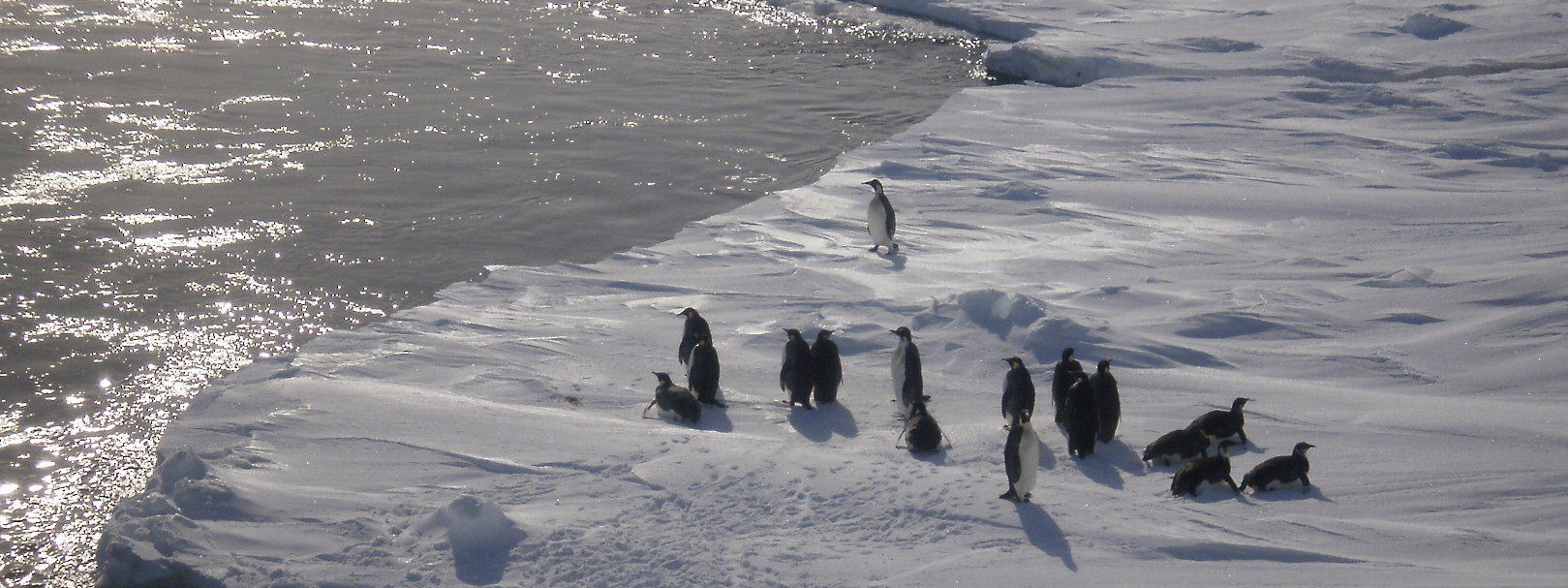Summary for a general audience
References
[1] D. G. Vaughan, J. C. Comiso, I. Allison, J. Carrasco, R. Kwok, P. Mote, T. Murray, F. Paul, J. Ren, E. Rignot, O. Solomina, K. Steffen, and T. Zhang. Observations: Cryosphere. In T. F. Stocker, D. Qin, G.-K. Plattner, M. Tignor, S. K. Allen, J. Boschung, A. Nauels, Y. Xia, V. Bex, and P. M. Midgley, editors, Climate Change 2013: The Physical Science Basis. Contribution of Working Group I to the Fifth Assessment Report of the Intergovernmental Panel on Climate Change. Cambridge University Press, Cambridge, United Kingdom and New York, NY, USA, doi:10.1017/CBO9781107415324, 2013.
[2] J. Comiso. Bootstrap Sea Ice Concentrations from Nimbus-7 SMMR and DMSP SSM/I-SSMIS. Version 2, January 1980 to December 2009. Boulder, Colorado USA: NASA DAAC at the National Snow and Ice Data Center, 1999, updated daily.
[3] Sea ice maximum in Antarctica, retrieved from http://nsidc.org/arcticseaicenews/2014/10/2014-melt-season-in-review/
[4] J. Liu and J. A. Curry. Accelerated warming of the Southern Ocean and its impacts on the hydrological cycle and sea ice. Proceedings of the National Academy of Sciences, 107(34):14987–14992, doi:10.1073/pnas.1003336107, 2010.
[5] R. Bintanja, G. J. van Oldenborgh, S. S. Drijfhout, B. Wouters, and C. A. Katsman. Important role for ocean warming and increased ice-shelf melt in Antarctic sea-ice expansion. Nature Geosci, 6(5):376–379, doi:10.1038/ngeo1767, 2013.
[6] H. Goosse and V. Zunz. Decadal trends in the Antarctic sea ice extent ultimately controlled by ice–ocean feedback. The Cryosphere, 8(2):453–470, doi:10.5194/tc-8-453-2014, 2014.
